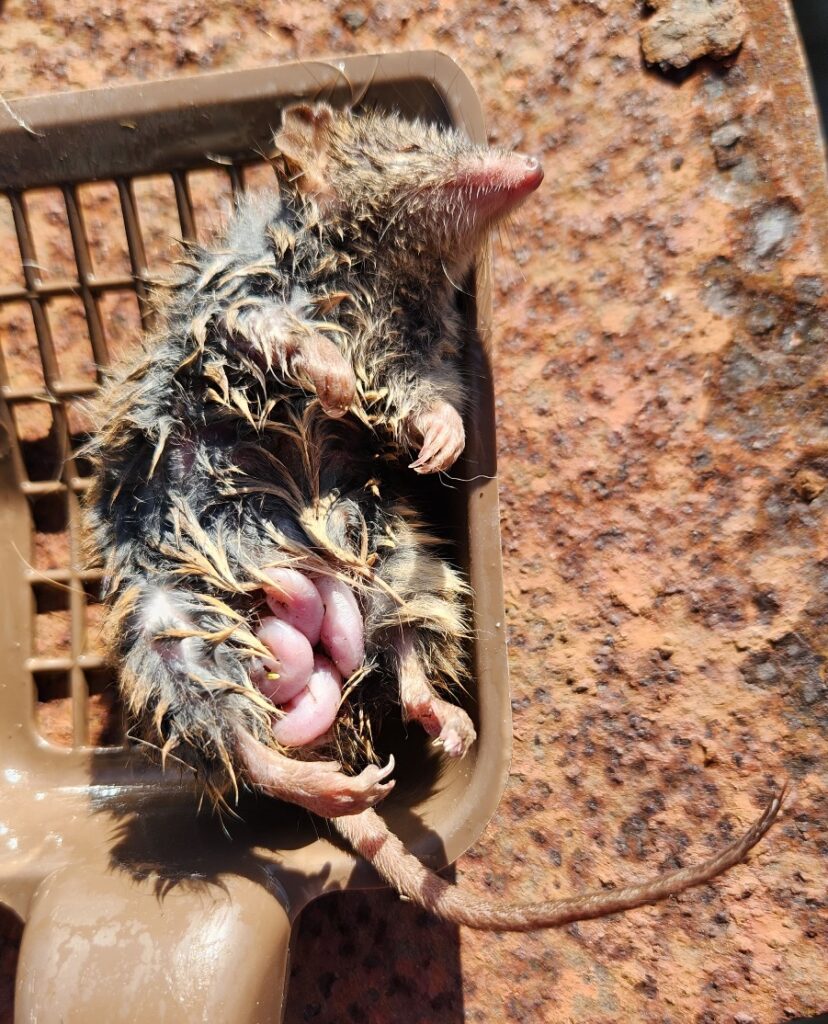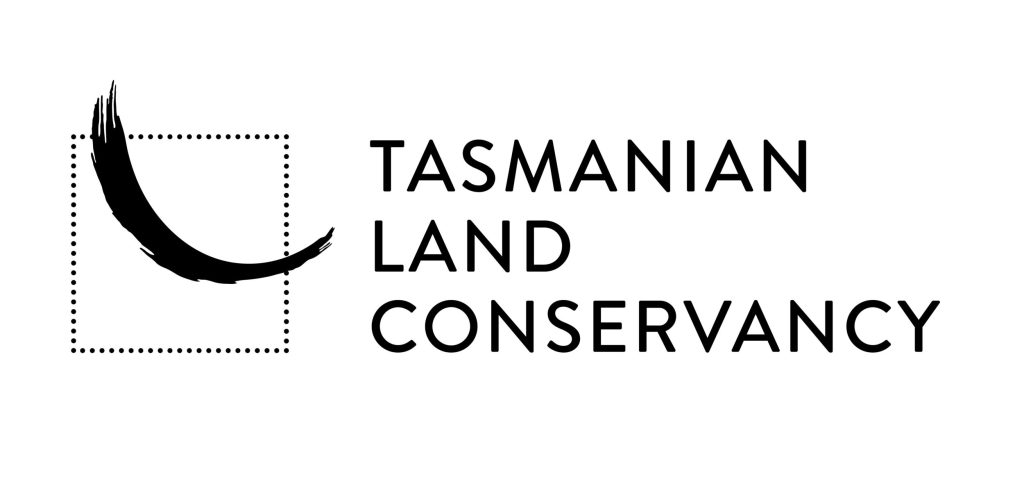Stories from the Tasman Peninsula – Antechinus encounters and digging into the history of TLC’s Sloping Main Reserve
This month, as I write my articles for the NGT newsletter, I am in Tasmania – on the Tasman Peninsula to be precise – which is a current focal area for NGT given an eco-hydrological assessment we have recently commenced for the Tasmanian Land Conservancy’s Sloping Main Reserve.
These jobs are a real team effort for us, capitalising on the skills, experience and expertise of different members of our team.
For example, Ben and Bec visited a few weeks ago to accurately map and classify all the drains, embankments, dams, diversions and other infrastructure across the site which may be influencing flows and the way water behaves when it enters or passes through the wetland. This process has also been coupled with Ben undertaking an assessment of historic imagery, to ascertain when the various drainage works, as seen on the ground, first appear in the available aerial photographic record. The result – which is currently still in draft – is shared below to give you a bit of a sense of the work as it unfolds, and the scale and complexity of the agricultural drainage network present across Burdens Marsh.
Sloping_Main_drains_by_year_A3A couple of things that immediately leap out are that (1) the bulk of the drainage and embankment works at the northern end of Burdens Marsh were already in place by the time of the first aerial photography in the 1940s, and also (2) that a wide range of other works have since occurred across the broader wetland area over more recent decades.
And so, this week it has been my turn to return to the site, with Ben’s maps in hand, and I have had the pleasure of sitting down for a couple of long and very interesting conversations with the previous owner of Burdens Marsh at Sloping (Slopen) Main, John Price.
John very kindly pored over the maps with me, including the one above, and shared a little of his life-long knowledge of the site. As we suspected, and consistent with the aerial photography, John was able to confirm that the oldest drains were indeed constructed by convicts, meaning that they likely date to the mid-1800s, and because John’s father purchased the property in around 1926, he has excellent knowledge of the various changes to drainage and the works completed since his family took over farming the site almost 100 years ago.
Before our second conversation, John very kindly located a range of early maps, documents and references that he has compiled over the years. Another wide-ranging discussion ensued, providing plenty of extra material for helping us to flesh out the history and story of eco-hydrological change at this important site.
It will take us a little while to work through my notes, digest, sort and interpret all of this information, but once we do, we’ll share it in a future blog article (or two!). Needless to say, it makes a huge difference to the historic site assessment process, when we have the opportunity to speak to people who know a site as intimately as John knows Burdens Marsh.
At this early stage, I’d like to say a huge thanks to John for so generously sharing his knowledge of Burdens Marsh, a place he is deeply attached to and committed to seeing protected. His ongoing input is going to add a huge amount of value to the eco-hydrological assessment, so we look forward to continuing to share what we discover as the project unfolds.

By the way,… in other interesting and totally coincidental news, in late August, NGT received an email from Tasman Peninsula local Cynthia Cooper, who came across what she thought may have been a dead Swamp Antechinus. She had seen photos on the NGT website of the species in past newsletter articles and hoped we might be able to help verify identification.
I have since been able to take a closer look at the animal on this visit, which Cynthia very kindly wrapped in tissue paper and sealed up inside two zip-lock bags in her freezer, and can confirm that this is indeed a Swamp Antechinus (now on its way to the Museum). Even though encounters with this species have been a recurring theme throughout my professional working life for the past 25 years, I never tire of seeing these magnificent marsupials – who live fast and die young – up close.
To learn more about the remarkable story of the Swamp Antechinus and the differences between the species in Tasmania and on the mainland, this short article I wrote for Wild magazine back in 2011 may be of interest. I have also inserted a copy in the pdf viewer at the end of this blog.
And finally, while we are on the subject of antechinus species on the Tasman Peninsula, during his visit to Burdens Marsh last month, Ben Taylor got a great look at an antechinus at the forested edge of the wetland. After closely weighing up its colour, size and appearance, Ben is very confident that what he saw was a Dusky Antechinus, which on the Tasman Peninsula – as a result of a recent taxonomic review – is considered an entirely new and separate species with a highly restricted range. As a result the Tasman Peninsula Dusky Antechinus is now a threatened species in Tasmania. Great spotting Ben!
The eco-hydrological assessment project at Burdens Marsh on the Tasman Peninsula, is being delivered by NGT in partnership with the Tasmanian Land Conservancy, with support from the Purryburry Trust




